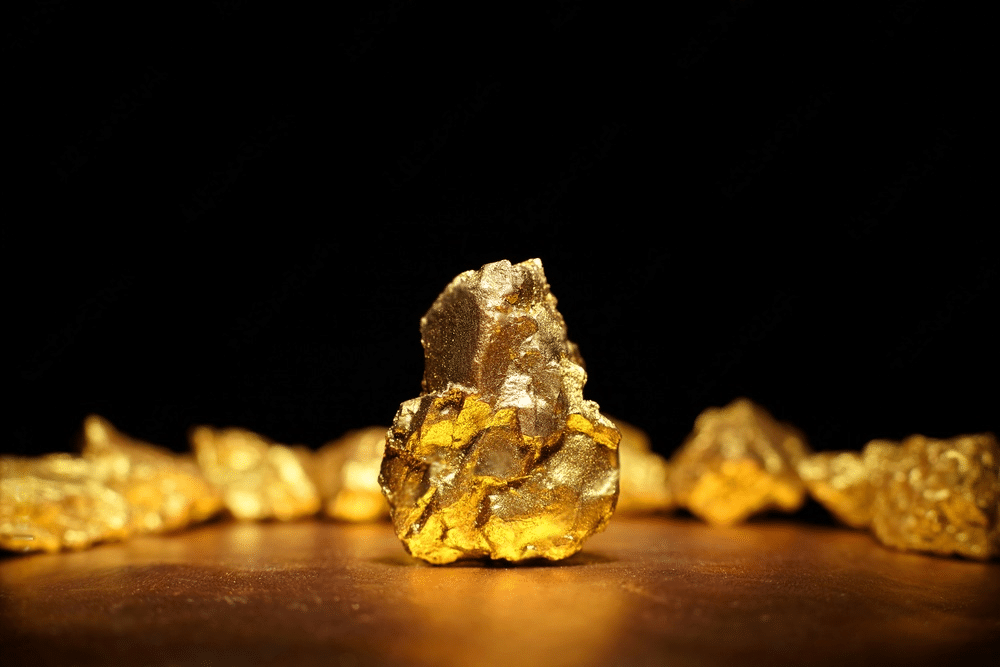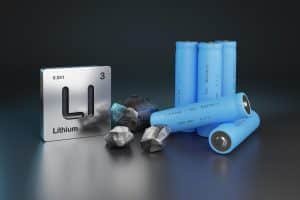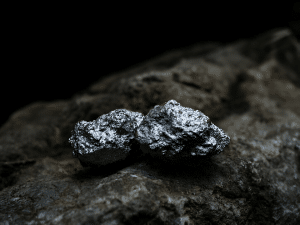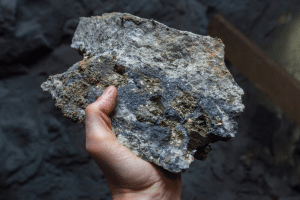Discover the latest advancements in mineral mining techniques and technologies that aim to enhance efficiency and sustainability. Self-driving trucks and drilling machines, known as autonomous equipment, are revolutionizing the mining process, offering increased safety and efficiency. Another promising development is bioleaching, a technology that utilizes bacteria to extract minerals from low-grade ores, with the potential to reduce the environmental impact of mining operations.
Bioleaching involves the breakdown and dissolution of mineral ores by specific bacteria and fungi, facilitating the extraction of valuable metals. This eco-friendly approach presents a viable alternative to conventional extraction methods, reducing excavation needs, minimizing the use of harmful chemicals, and decreasing toxic waste and tailings. Additionally, leveraging artificial intelligence and machine learning can further optimize mineral exploration and production processes, enhancing efficiency and accuracy.
Bioleaching is particularly effective for extracting copper, gold, silver, and uranium from low-grade ores. The method offers several advantages over traditional mining practices:
- Environmental Benefits: Compared to conventional mining, bioleaching significantly reduces the environmental impact. It eliminates the need for extensive excavation, reduces harmful chemical usage, and minimizes toxic waste generation.
- Cost-effectiveness: Bioleaching proves to be a cost-effective solution for extracting metals from low-grade ores. It requires lower capital investment and operational costs compared to traditional mining methods.
- Accessibility: Bioleaching enables access to mineral deposits that are economically unviable using conventional techniques. It allows for the extraction of metals from ores with low metal concentrations or complex mineralogy.
Despite these advantages, bioleaching comes with its own set of challenges and considerations:
- Slow Process: Bioleaching generally proceeds at a slower pace than conventional mining methods. Achieving significant metal extraction may take weeks or even months, depending on the ore type and microorganism efficiency.
- Specific Conditions: Different microorganisms thrive under specific environmental conditions, such as temperature, pH levels, and nutrient availability. Maintaining optimal conditions for these microorganisms can be challenging.
- Microorganism Management: Controlling and managing the desired population of microorganisms involved in bioleaching can be complex. Factors such as contamination, competition, and mutation need careful monitoring.
Despite the challenges, ongoing research and technological advancements strive to improve the efficiency and applicability of bioleaching in various mining operations.
It\’s important to recognize that while these innovative techniques offer potential benefits, they require careful evaluation and management of environmental impacts, regulatory requirements, and social factors to ensure responsible and sustainable mining practices.



